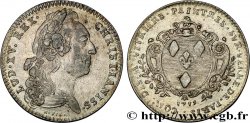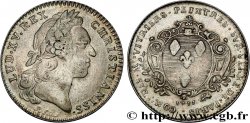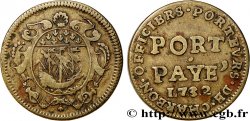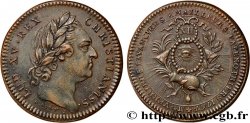fjt_632544 - CORPORATIONS Verriers, Fayenciers, Émailleurs, Patenôtriers 1767
350.00 €
Количество
Добавить в корзину

Тип Verriers, Fayenciers, Émailleurs, Patenôtriers
Дата: 1767
Металл: gilt copper
Диаметр: 28 mm
Ориентация осей монеты: 6 h.
Вес: 6,13 g.
Век: cannelée
Редкость: R2
Комментарии о состоянии
Rayures au niveau de portrait
Ссылки в каталоге: :
Лицевая сторона
Аверс: легенда: LUDOV. XVI. REX. CHRISTIANISS.
Аверс: описание: Buste à gauche de Louis XVI signé DUV..
Аверс: перевод: Louis XV, roi très chrétien.
Обратная сторона
Реверс: легенда: MDS. VERRIERS. FAYANCIERS. EMAILLEURS. PATENOTRIERS. 1767.
Реверс: Описание: Un oeil et XII dans un cercle suspendu à un noeud. Dessous, chapelet, vase et rameaux.
Комментарий
Les paternôtriers existent depuis le Moyen Âge, puisque l'on comptait par exemple quatorze d'entre eux à Paris sous le règne de Philippe le Bel.
Ils formaient quatre corporations (ou trois confréries) décrites dans le Livre des métiers d'Étienne Boileau :
patenôtriers d'ambre et de jais (ou jaïs, jayet, gaïet)
patenôtriers de corail et de coquilles de nacre
patenôtriers d'os et corne
patenôtriers de boucles (boules et anneau pour vêtements)
Les apprentis, enfants d'au moins douze ans, passaient entre cinq, huit (os) dix (jais) et douze (corail) années d'apprentissage pour devenir maîtres émailleurs et s'ils prenaient la fuite, le maître patenôtrier devait les attendre au moins une année et un jour. L'entrée dans la confrérie était payante (5 sous).
Voir de nombreux autres détails à http://fr.wikipedia.org/wiki/Paten%C3%B4trier.
Ils formaient quatre corporations (ou trois confréries) décrites dans le Livre des métiers d'Étienne Boileau :
patenôtriers d'ambre et de jais (ou jaïs, jayet, gaïet)
patenôtriers de corail et de coquilles de nacre
patenôtriers d'os et corne
patenôtriers de boucles (boules et anneau pour vêtements)
Les apprentis, enfants d'au moins douze ans, passaient entre cinq, huit (os) dix (jais) et douze (corail) années d'apprentissage pour devenir maîtres émailleurs et s'ils prenaient la fuite, le maître patenôtrier devait les attendre au moins une année et un jour. L'entrée dans la confrérie était payante (5 sous).
Voir de nombreux autres détails à http://fr.wikipedia.org/wiki/Paten%C3%B4trier.







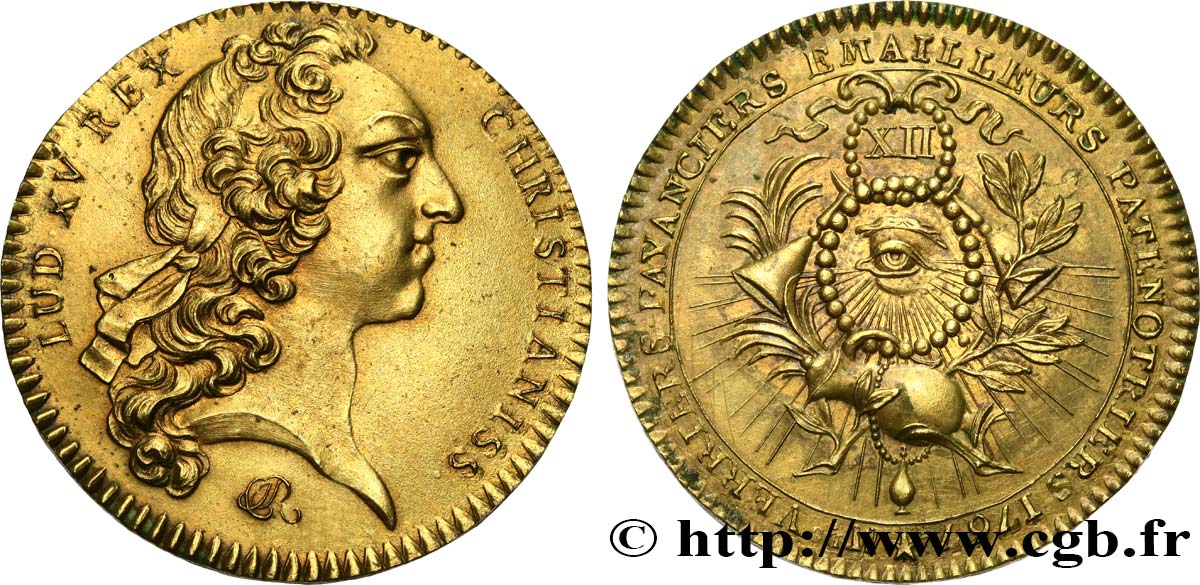
 Cообщить об ошибке
Cообщить об ошибке Распечатать страницу
Распечатать страницу Отправить мой выбор
Отправить мой выбор Задать вопрос
Задать вопрос Consign / sell
Consign / sell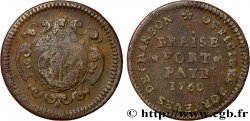
 Информация
Информация